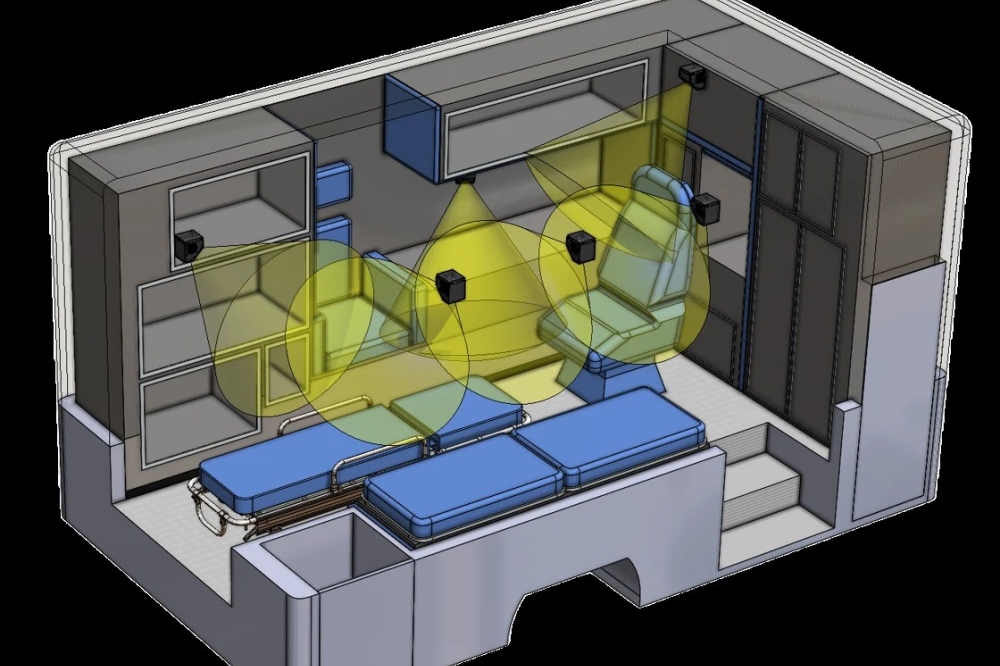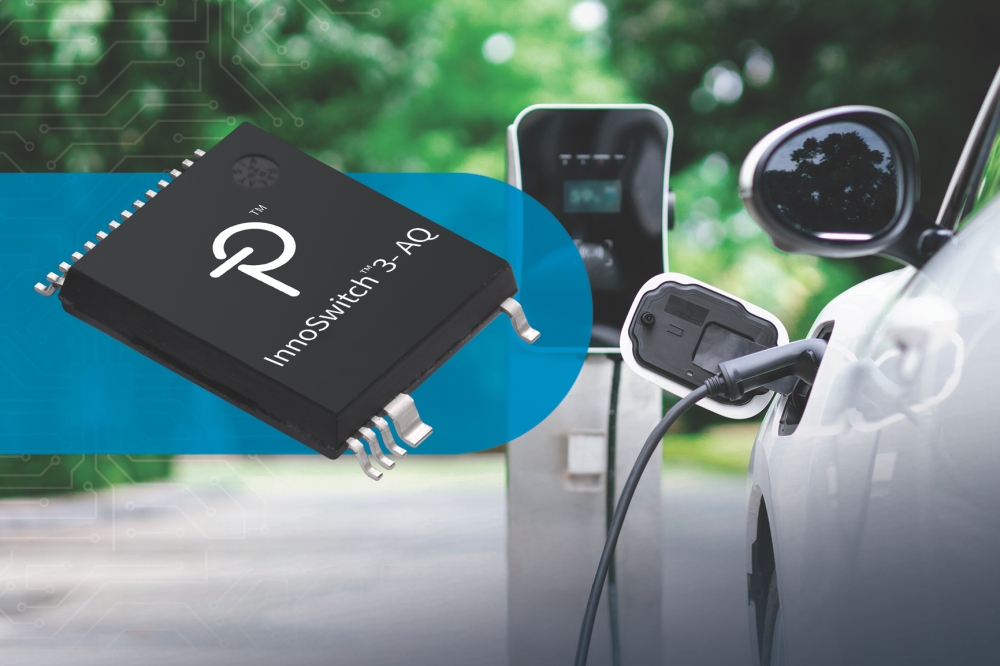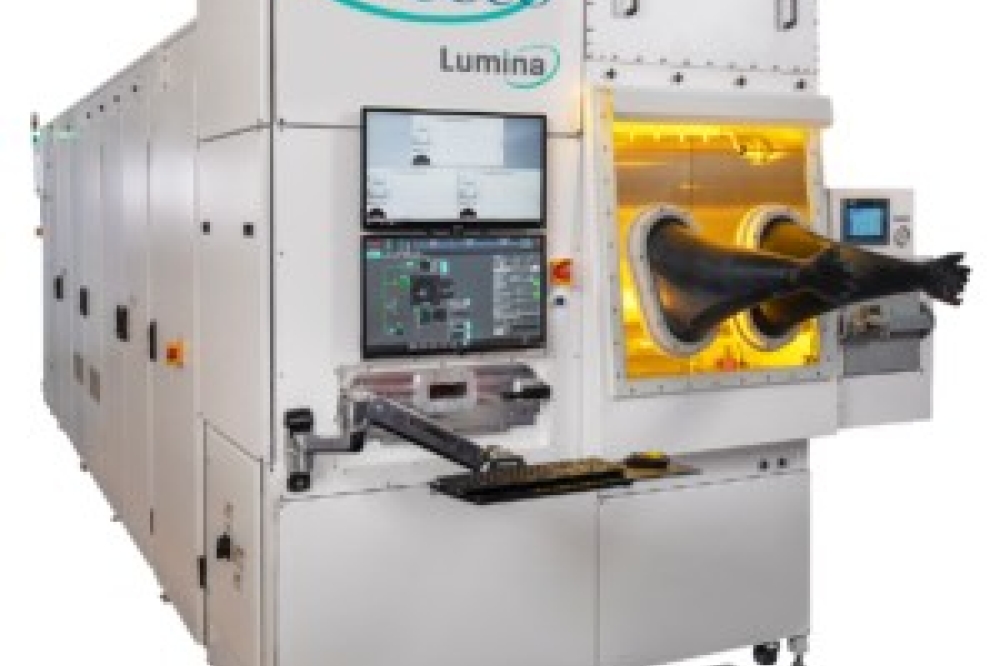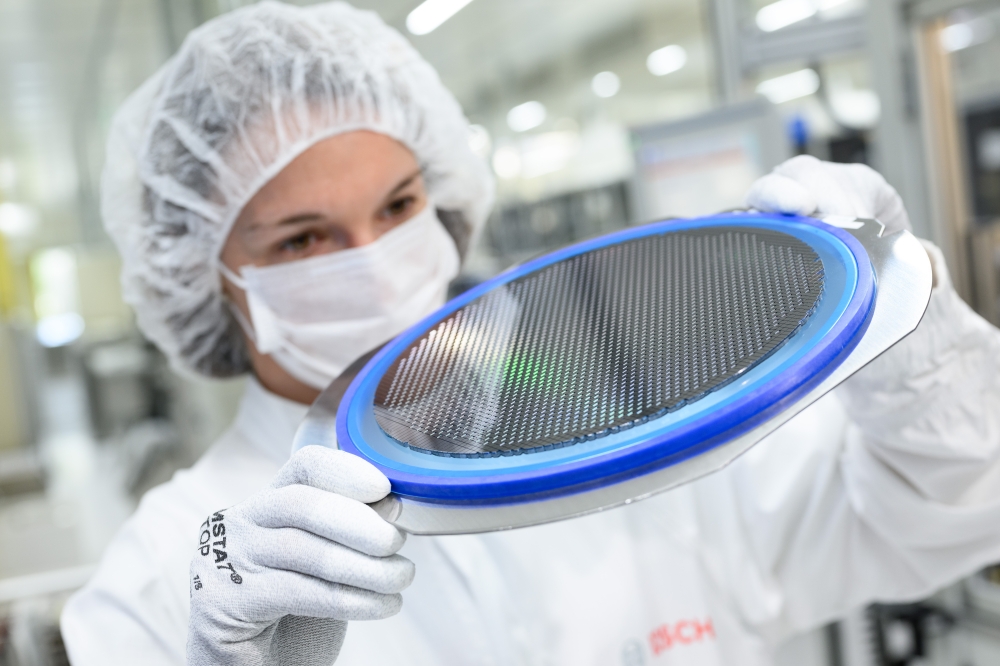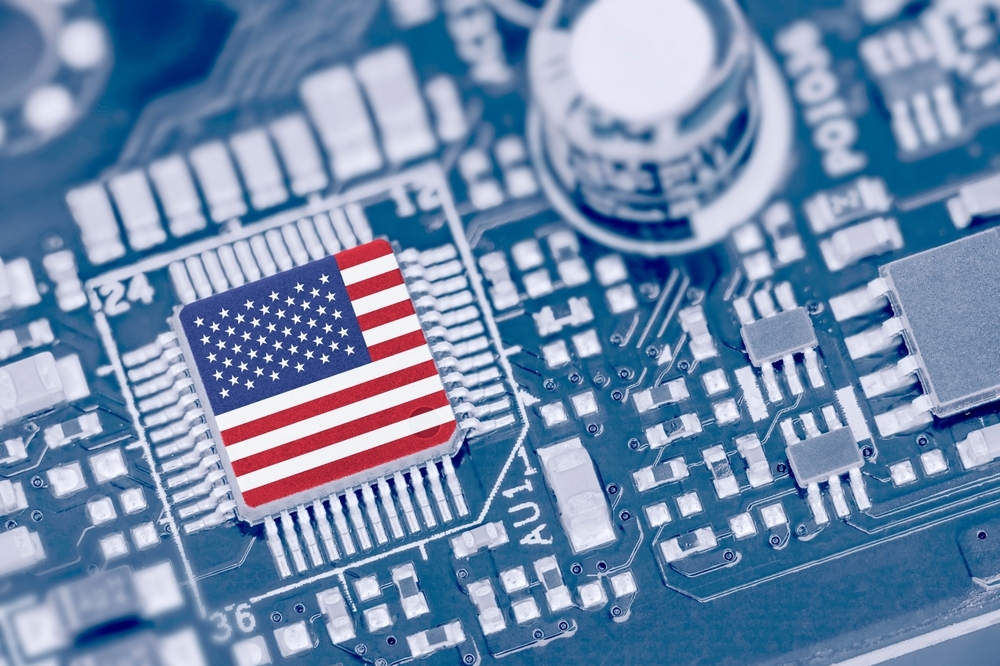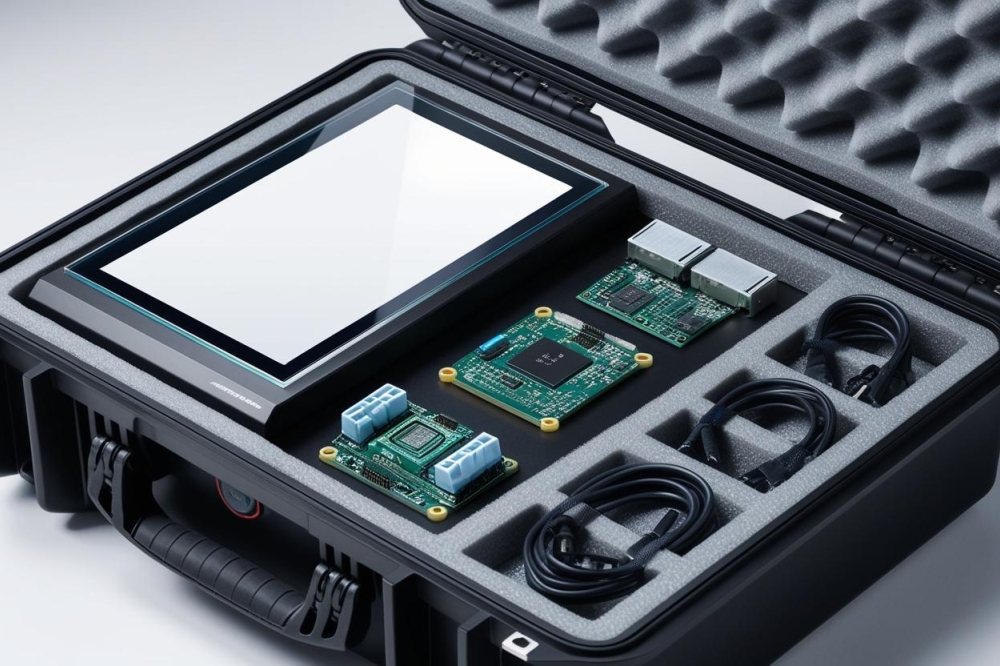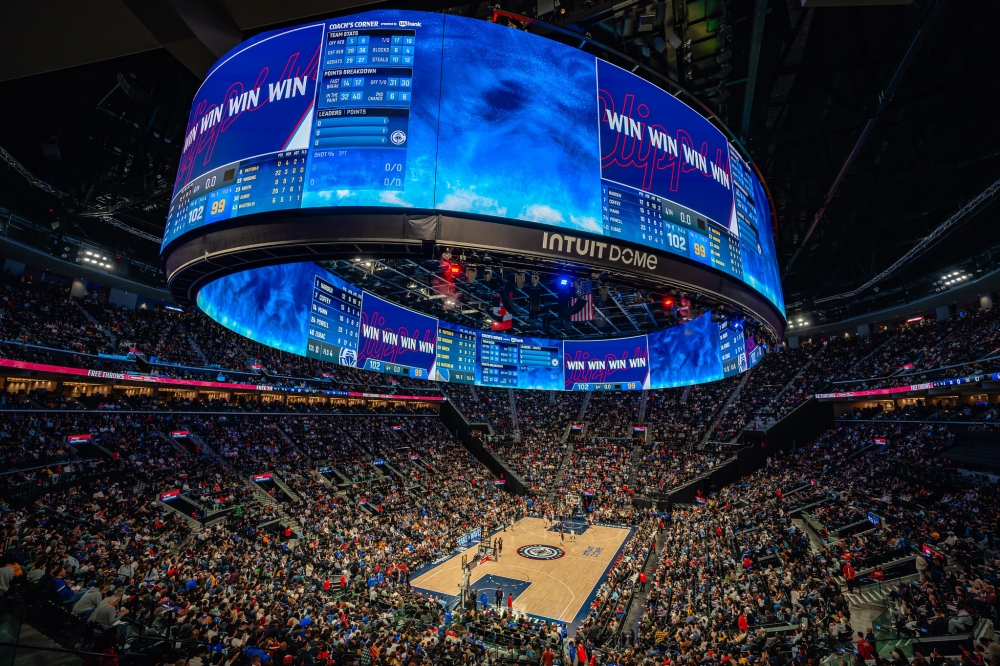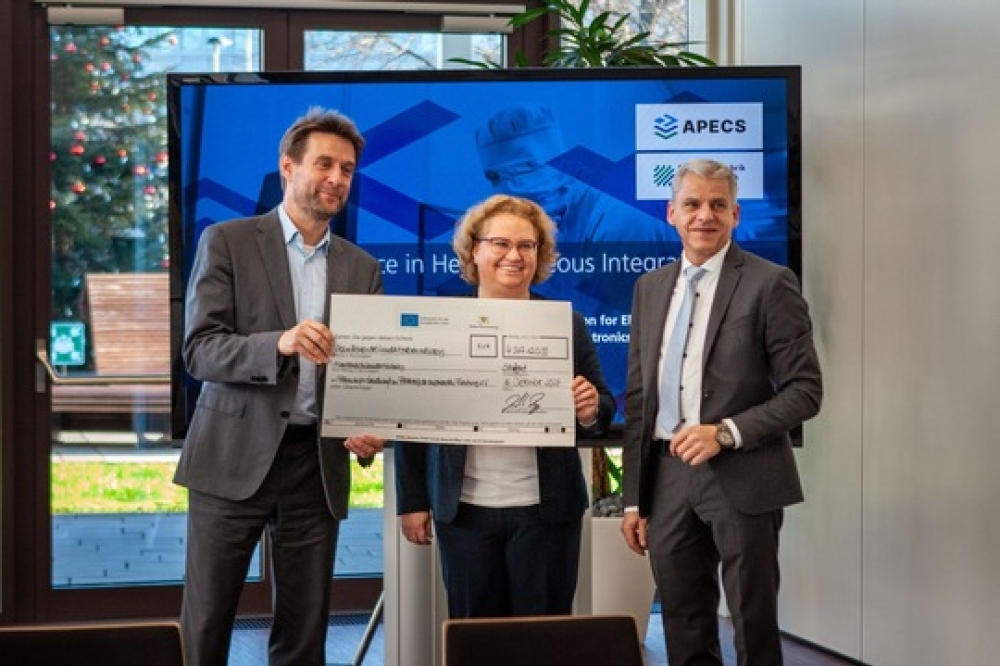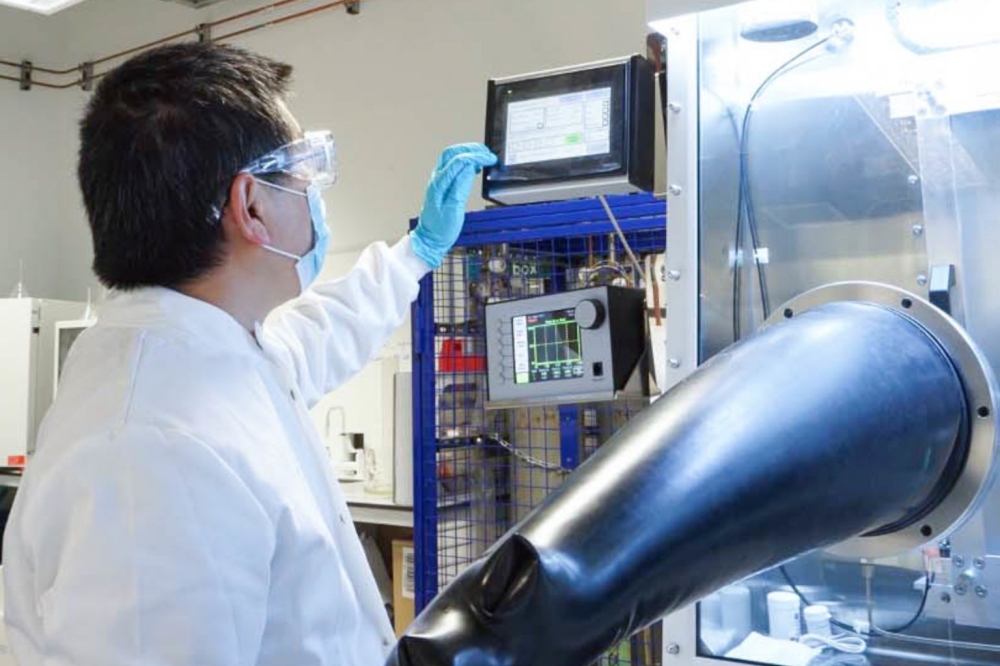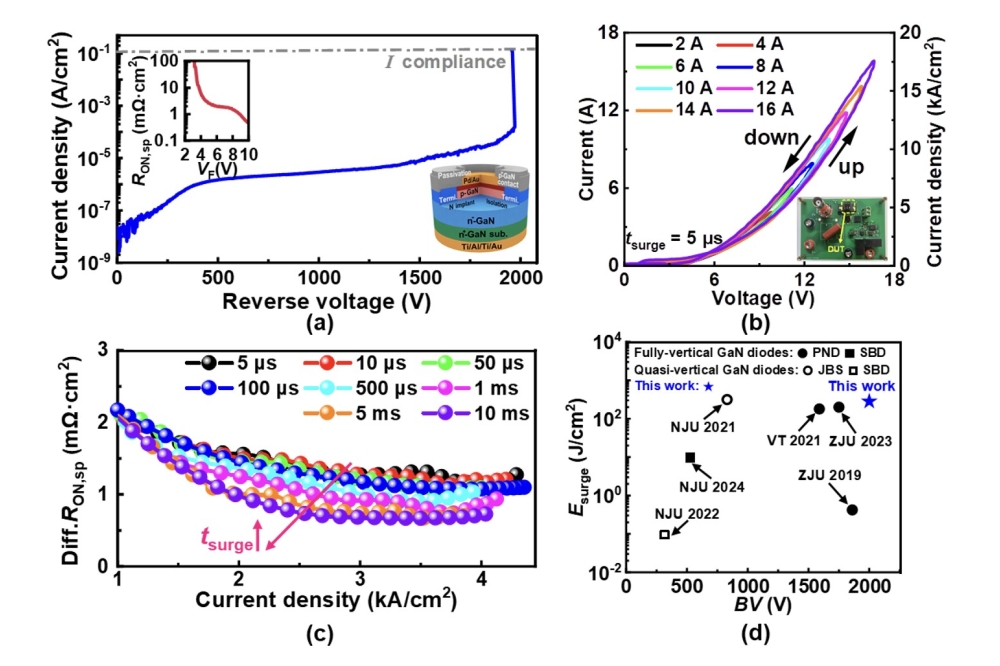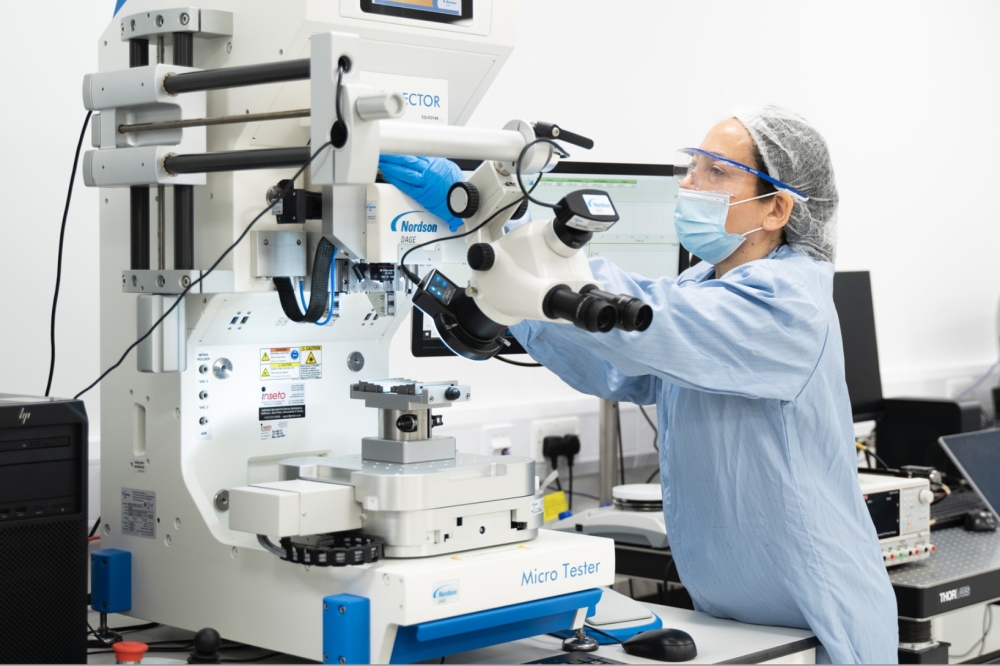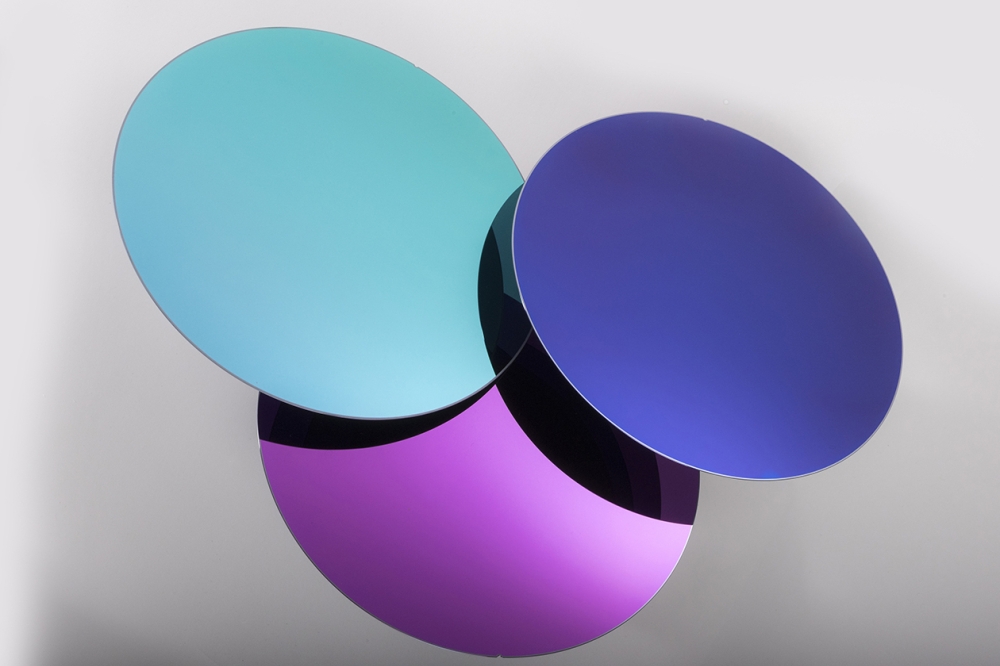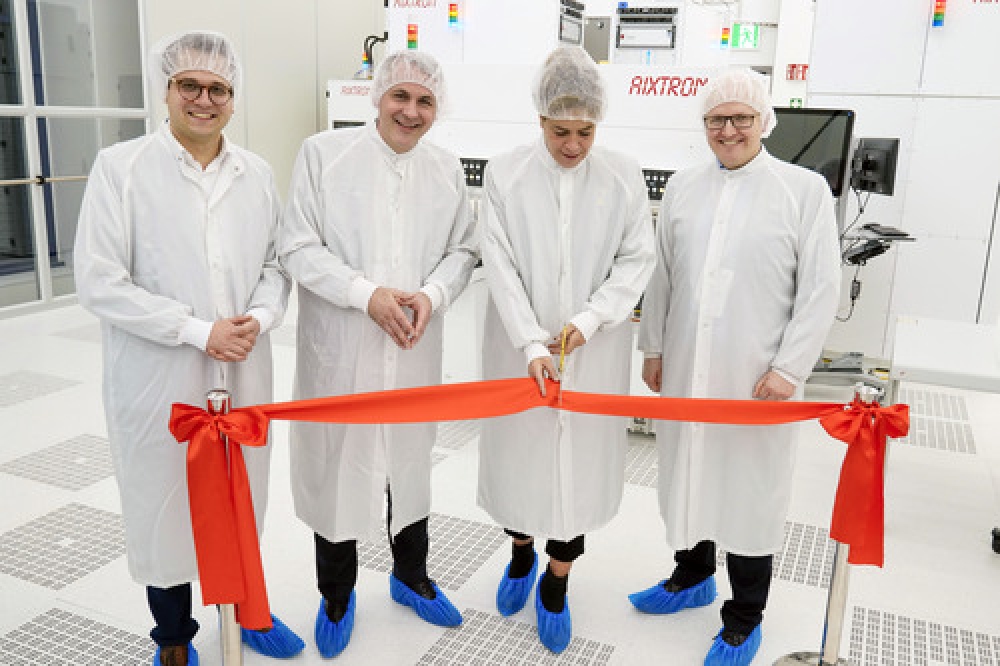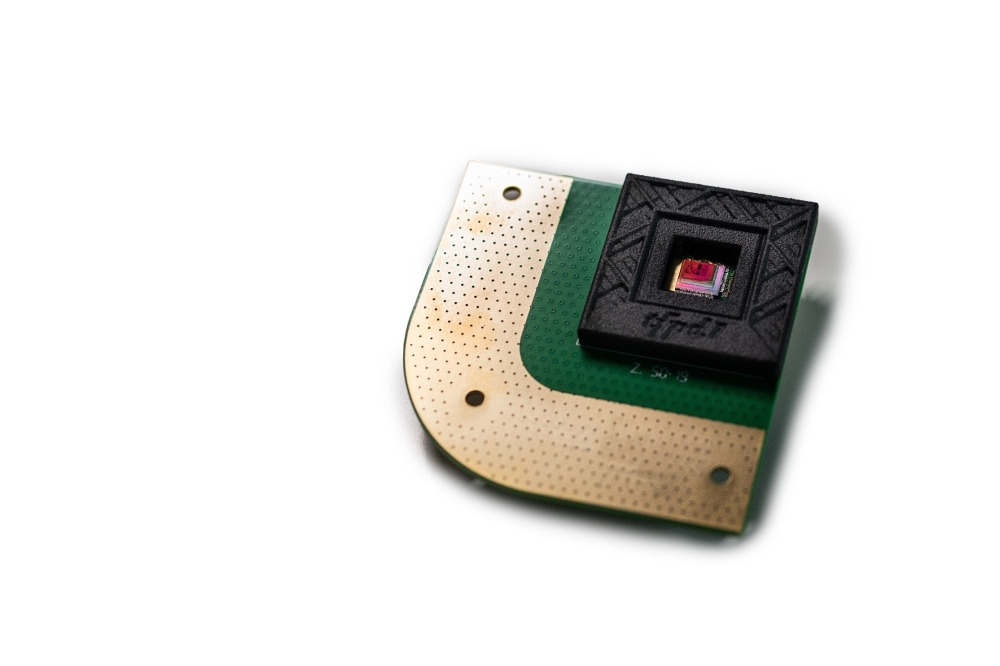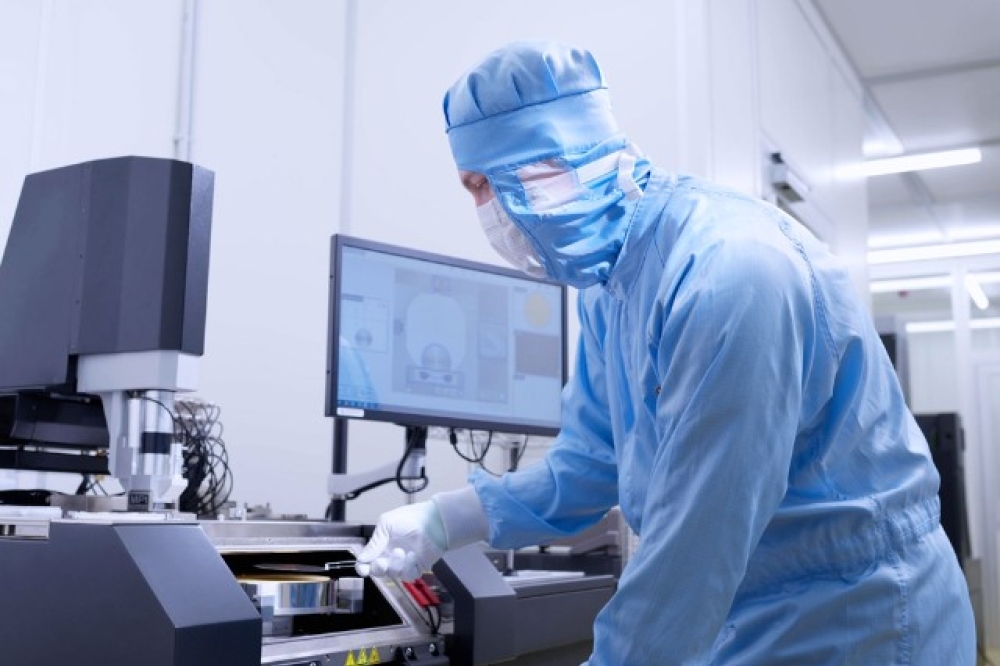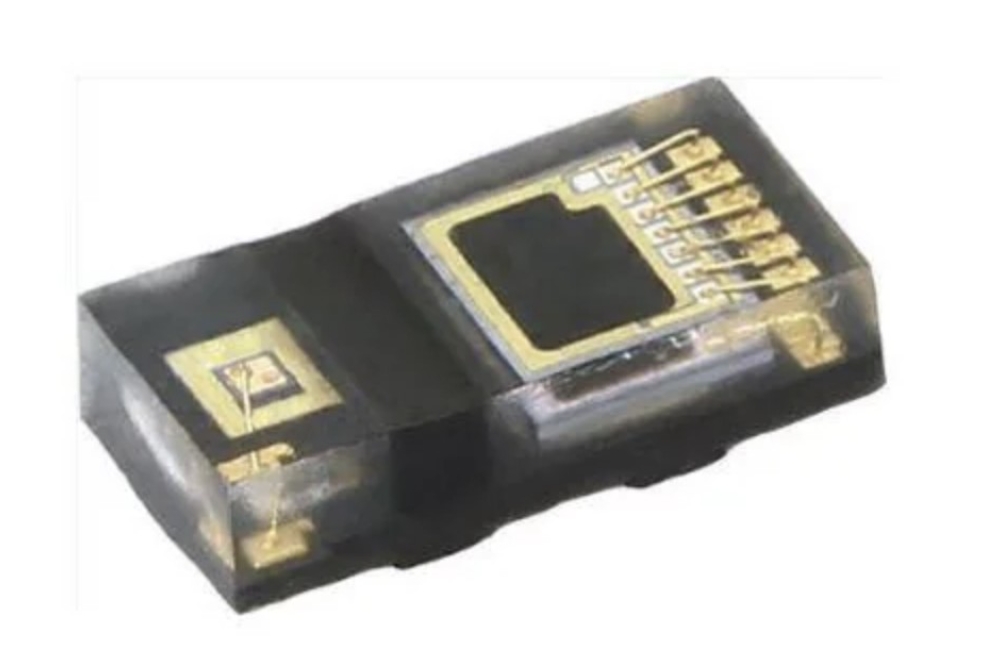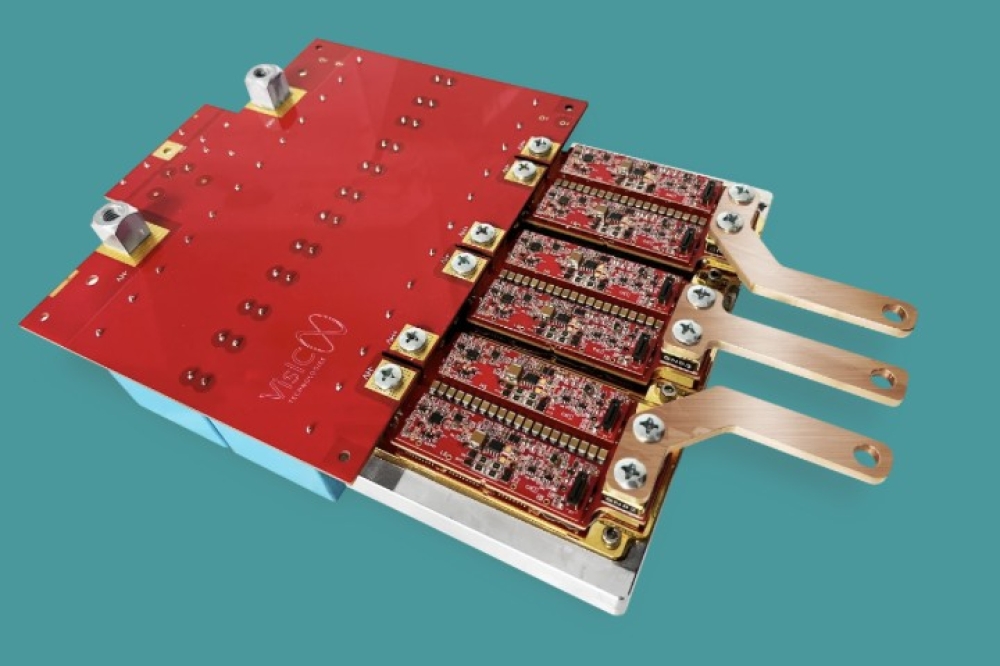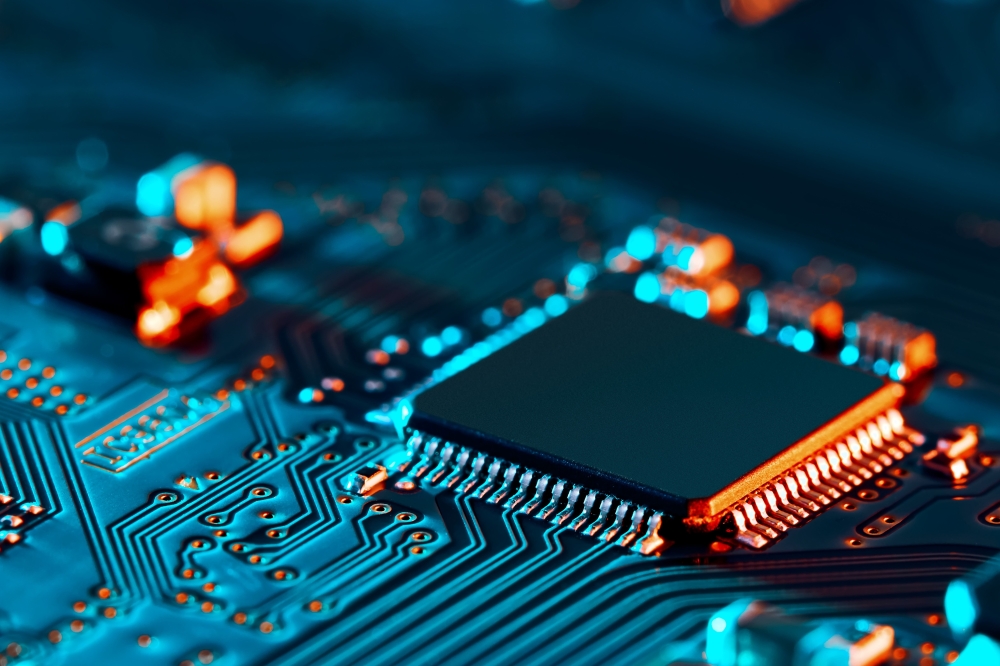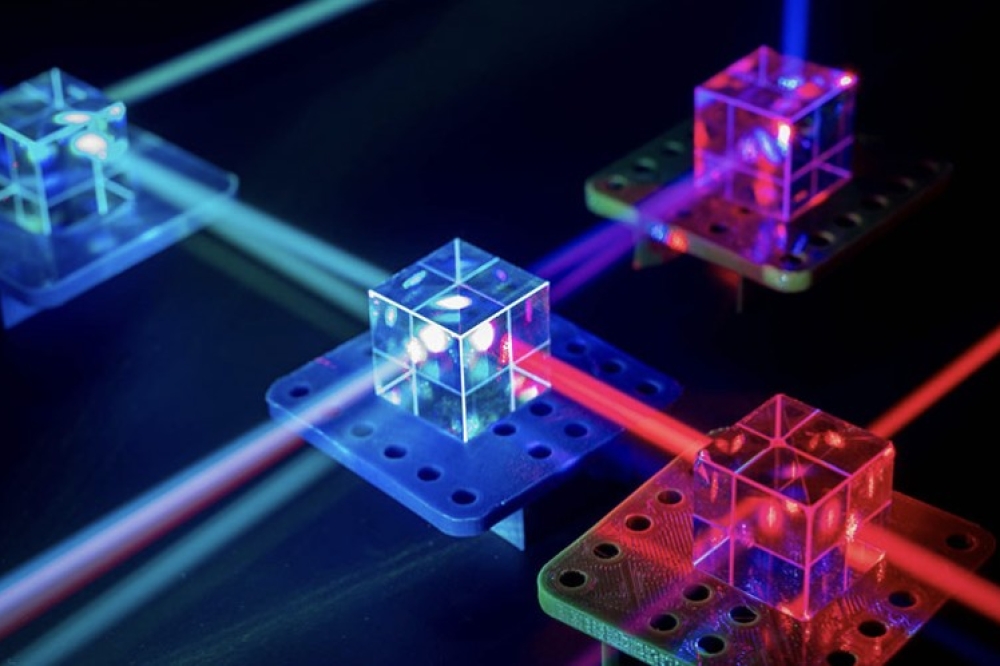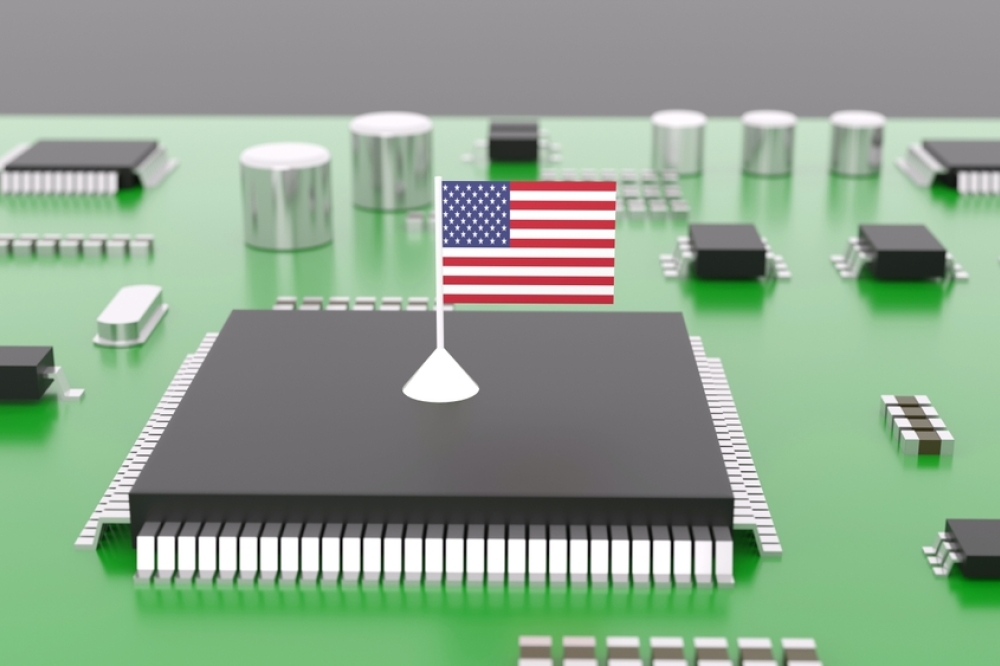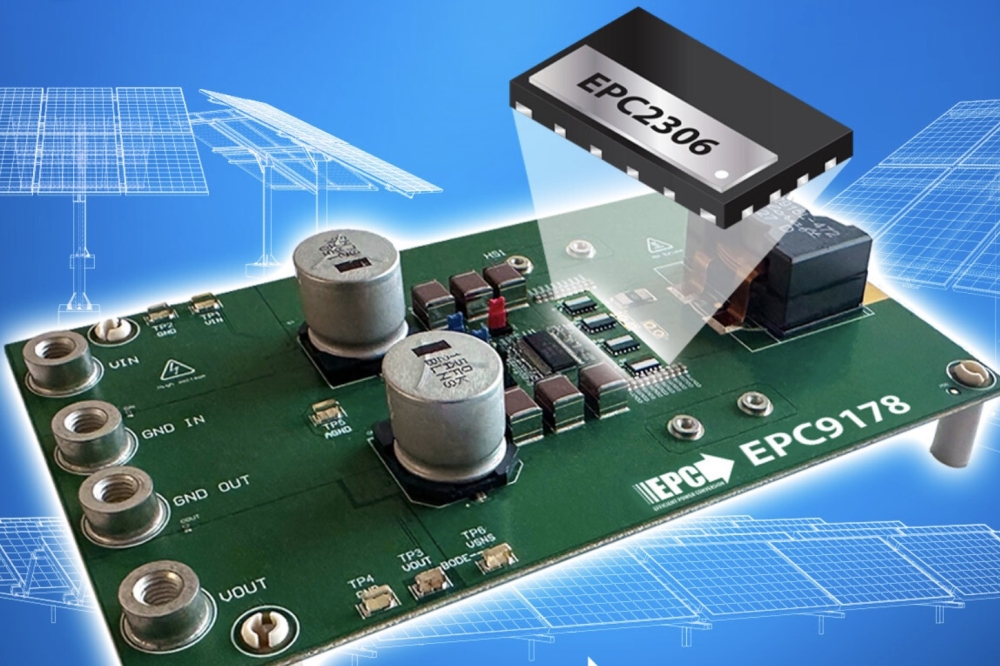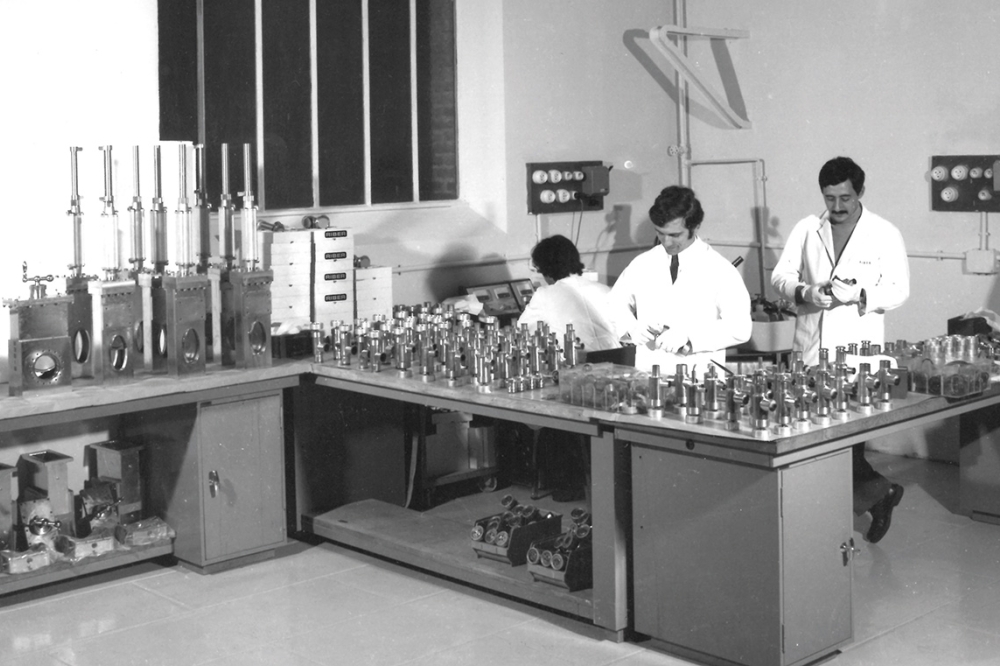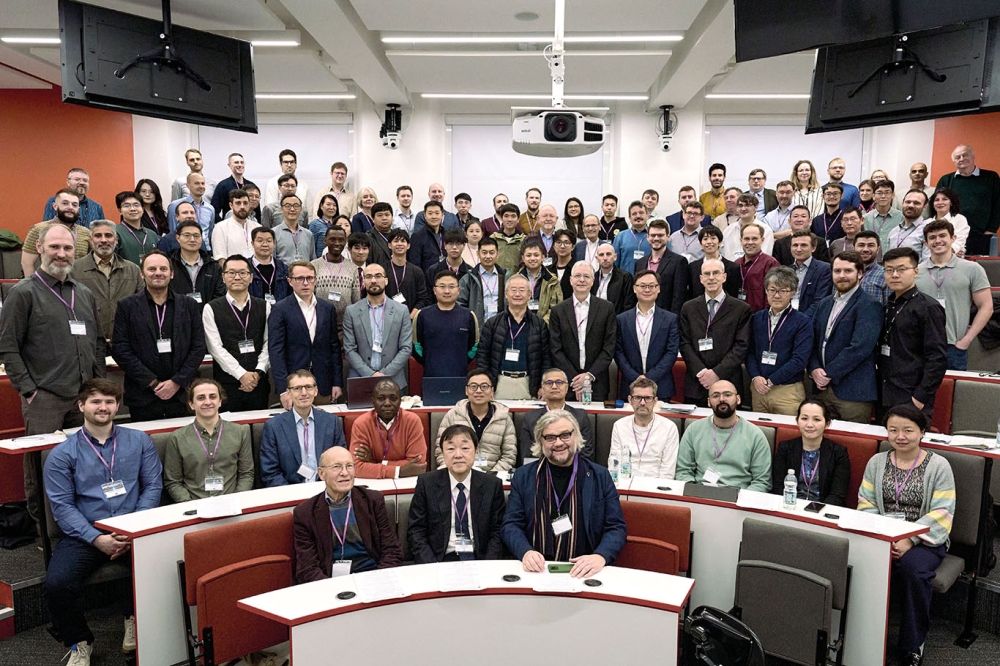LED brightness doubles in a flash
Pulsing LEDs at 60 Hz can double their apparent brightness to human observers, while appearing to provide continuous illumination, according to the latest research from a Japanese academic.
In work to be published in the Journal of Light and Visual Environment on May 1, Masafumi Jinno used red, green and blue LEDs supplied by Nichia. He found that the perceived brightness of these LEDs increased up to 1.3, 2.2 and 1.9 times under pulsed operation respectively.
Two members of Jinno s group from Ehime University were given the task of judging whether a flashing LED was brighter than another operating under a continuous drive current of different magnitude, or whether they were equally bright.
A computer selected separately randomized input powers to individually drive each of the pair of LEDs for five seconds at a time, with the pulsed LEDs operating with a 5 percent duty ratio.
The pairs of LEDs were selected to deliver the same luminous flux performance as each other across the tested input power range. This meant the observers judgments could be accurately tallied with the input powers, and hence the actual luminous fluxes, across the hundreds of tests performed.
Jinno s team has used two separate experimental set-ups to measure brightness to date "“ one where the subjects look directly at the LEDs, and another where the LEDs illuminate a model of a Toyota Celica car from above. Talking to compoundsemiconductor.net Jinno said that he now hopes to improve the authority of the results by increasing the number of observers from two to around 20.
Although Jinno thinks that these findings could be applied to domestic lighting, he points out that pulsed operation is unlikely to benefit current white LED technology.
“Fast rise and fall of luminance is required for this effect,” he says. “White LEDs use phosphors "“ which means the fall in luminance would not be fast enough.”
Jinno also says that the pulsed approach might improve LEDs longevity by giving them 95 percent of the duty cycle to cool off. Rapid temperature cycling in pulsed operation would have a contradictory effect, however.
Despite the health warnings about flashing lights common in our society today, Jinno is cautiously optimistic about the potential effects of widespread use of the technology on people s wellbeing.
“We watch TV, which blinks 50 or 60 times per second, over several hours a day, and have no problem with it,” Jinno points out. “I expect pulsed light over 60 Hz would not have any negative influence on humans.”

